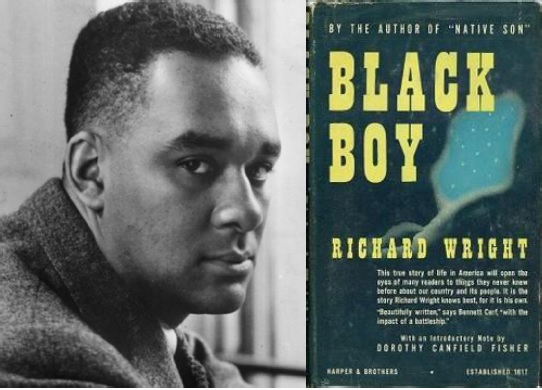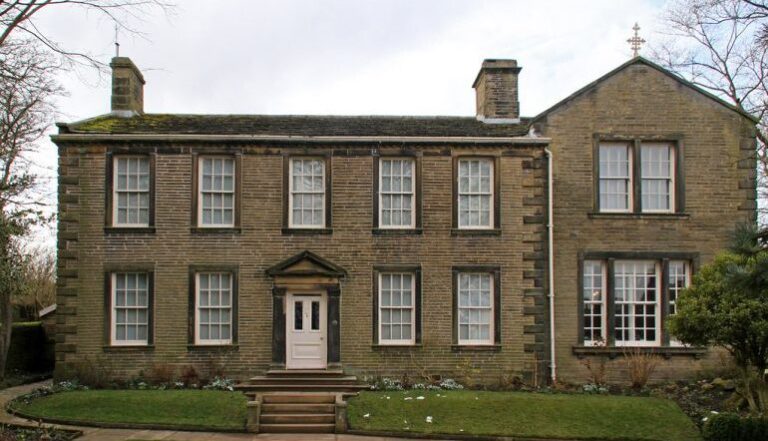The Weird Nineteenth Century
The reputation of the nineteenth century novel tends to precede its reading. Few readers come to first contact with the likes of Jane Eyre, Middlemarch, or Tess without some established prejudice for or against the genre, usually in the milieu of a middle or high school literature class—not often the ideal environment to nurture enthusiasm for its objects of study. Readers know there will be domestic intrigues, misunderstandings, hotly-penned letters of consequence; a delicate lady, perhaps, and a stuffy egotist. All will be resolved, after a doorstop-width’s of pages, in marriage.
But few of the era’s British and European classics conform to these expectations. In truth, upon any closer than perfunctory inspection, the “dull” nineteenth century novel appears markedly strange. Examples are manifold. For one, the A-to-B trajectory between confused love and happy marriage is often frustrated, or never completed at all. Jane Eyre’s reunion with Rochester is long delayed and marred by the loss of his sight. Dorothea Brooke of Middlemarch marries absolutely the wrong man, Casaubon, an older intellectual whose life of the mind she hopes to share, but who himself holds no reciprocal wish; she finds love only once he has died, with his young cousin Will, whom Casaubon has forbidden her to wed. We are all aware of the long and winding paths of Great Expectations’ Pip and Estella.
And when characters do marry, the reader cannot help but feel skeptical of the union’s potential for joy and longevity. The conclusion of Mansfield Park witnesses dependent Fanny Price’s marriage to her cousin Edmund, whom she has loved her whole life, but who also, until quite recently, loved another woman—and who only seems to decide Fanny is a more proper match for him when he realizes the loose morals of that other woman. The final passage of Charlotte Brontë’s Villette notoriously sends readers away disgruntled; the protagonist Lucy Snowe marries a bizarre love interest, not particularly handsome or kind—who, in all likelihood, dies at sea shortly afterward (Lucy doesn’t seem awfully bothered by this). Often enough, everyone dies. (See: The Mill on the Floss, Wuthering Heights, and nearly every major prose work by Thomas Hardy).
In fact, the primary concerns of most of the period’s novels fall wide of love and marriage, even if the novels incorporate those elements. Many are detective stories, like those of Conan Doyle and Wilkie Collins, and Dickens’ Bleak House—the answer to the central mystery of which famously hinges on an instance of spontaneous combustion, which Dickens and several of his compatriots believed in. Thackeray’s Vanity Fair practically defies categorization, part satire, part domestic drama, part anti-epic; its ending is nothing if not checkered, with malevolent antihero Becky Sharp achieving her mercenary ends. Anthony Trollope’s Barsetshire novels offer more a sprawling portrait of English society than any clearly defined marriage plot, and a playful, metafictional, narratorial ethos more like Pynchon than Austen. Literary realism in France largely mirrors the English trends, from the panoramic cityscapes of Balzac and Zola to the troubled romances of Flaubert and Stendhal.
Why, then, the stereotype? The book that has most colored its peers’ reputation is likely Jane Austen’s Pride and Prejudice (and, secondarily, Sense and Sensibility), which, though chronologically a Regency era work, adumbrated many signature qualities of the Victorian novel. These novels, we must admit, yield more closely to our fallback notions of the great realist novel; they chart a pretty clear course from fateful misunderstanding to perfect unity in love between Elizabeth and Darcy. The drama restricts itself mostly to the scale of a household or two, and resolves with little permanent damage to its key players.
But even here we taste the flavor of strangeness. Why does Mrs. Bennett, the family matriarch, carry on endlessly about her daughters’ marital prospects, and insert her nose in their affairs? Why are the stakes so high for Jane and Elizabeth’s love lives? Why is the family so upset when Lizzy refuses the proposal of her unappealing cousin, Mr. Collins, whose company she can barely tolerate, fool that he is? The answer is simple, though alien to modern custom, and it contains a clue to the source and purpose of the odd in literature: the act of marriage was singularly important in the lives of these women’s real-life counterparts. Mrs. Bennett is justified in her incessant meddling, for her husband’s estate will fall, upon his death, not to his daughters, but to the dreaded Mr. Collins, leaving the girls penniless—if they remain without a husband to care for them. Here marriage results not, or not only, from a well of mutual affection, but from an instinct for survival.
Much of the “strangeness” in the realist novel may be, in this vein, re-conceived as a critique of social and economic structures. Too bad if Fanny Price must marry her somewhat indifferent cousin Edmund; at least she is lifted out of poverty, her economic future secure. Even if Lucy Snowe’s husband perishes shortly after their nuptials, at least Lucy is granted, however temporarily, the privilege of a married woman to move about the world more freely, and perhaps to inherit her husband’s savings. In this way marriage, as a plot element, always points beyond itself to the institutions that shape it: class, gender, geography, the law, etc.
So much the same for other nineteenth century styles and genres: the novel of the city, the mystery, the satire. By rendering the mundane and the known alien and extraordinary—by effecting a distance between reader and narrative—these works revitalize the objects and flow of our everyday world. The critic Viktor Shklovsky called this process, as it occurs on the level of language, “defamiliarization,” but it can easily be applied, too, on the level of meaning. This is one of the great gifts of reading: to make us gaze upon the familiar with new sight. Let us never balk from strangeness, but rather dive into it, eyes open.


